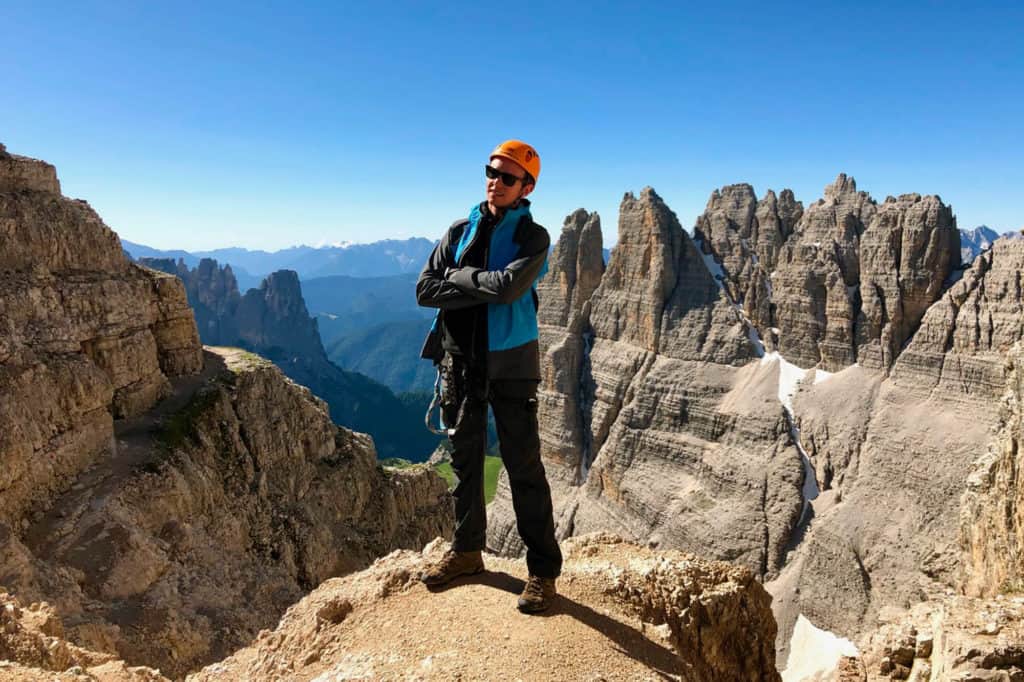Peripatetic Rudston Steward, founder of Maremma Safari Club and our all-time favourite person to explore Italy, shares an eight-step guide to walking the Dolomites, Italy’s northeastern mountain destination and UNESCO World Heritage site.
Step 1: Start anywhere in Italy
Head north, as far north as possible, towards the Pale Mountains. Up past Tuscany and Lombardy, beyond Bologna, Bolzano and then Brunico, and finally along the Val Casies all the way to the Austrian border. The Val Casies is a dead-end valley that comes to a head at the hamlet of Santa Maddalena. Now ditch your car—and walk up the mountain, into the clouds.
Step 2: Keep going
Uphill at first, through dense pine forests, and later, above the tree-line, over Alpine meadows patchy with lichen. Walk along a narrow footpath of shale and pebbles, carved out of rock, dropping away so steeply it seems you are walking on air. When you reach the summit of Mount Pfannhorn the entire Dolomiti di Sesto range will be revealed, a spectacular cordon of spiky sentries. Enjoy the view, you’ve certainly earned it. Now keep going, walk on down to the refuge below. Eat, drink, sleep; dream of deep geological time, of forces far greater than yourself.
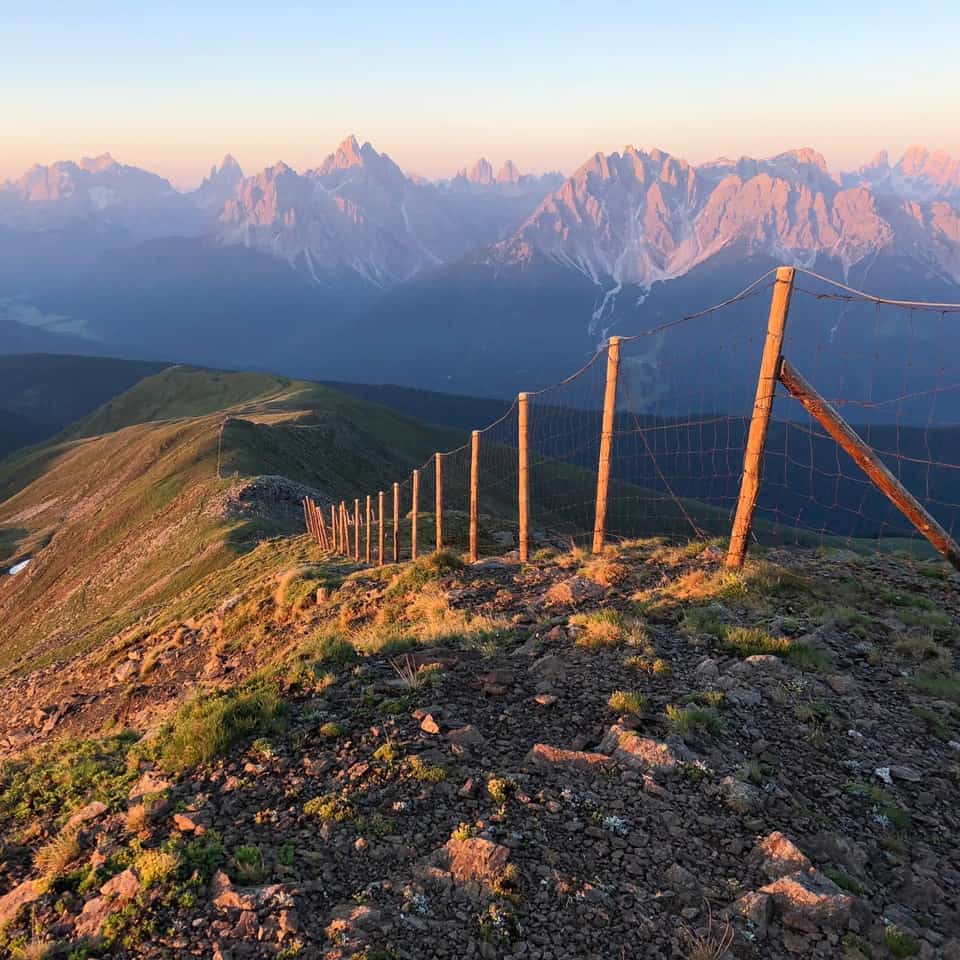
Step 3: Sunrise
Around 4:30am start to see the sunrise. Trust me, it’s well worth it: a pale glow, the limpid dawn seeping steadily into the valley, then the first dazzling ray of sunlight. Later, after multiple espressos, embark on a full-day hike through some of the most spectacular mountain scenery in the world. Arrive at the refuge below the Tre Cime peaks in time for sunset. Sunrise to sunset: when you’re on a Dolomites Safari it’s sometimes hard to tell where the dreaming ends and the waking (and walking) begins.
Step 4: Via Ferrata
Today is Via Ferrata Day. Helmet, harness, gloves, carabiners—check. All set. Up to the summit of Monte Paterno. Yes, you are climbing a mountain, but safely clipped into metal railings all the way up, so no sweat. Think of it like this: a Via Ferrata is another form of hiking, it’s just that you walk vertically up a mountain instead of horizontally on the flat. A bit of adrenalin goes a long way. On the summit the sun is brilliant, its heat diluted by the crisp air, bright as a bugle blast. Standing on this apex of the world the mountains are laid out before you as far as the eye can see, a stunning amphitheater of rose-tinted rock.
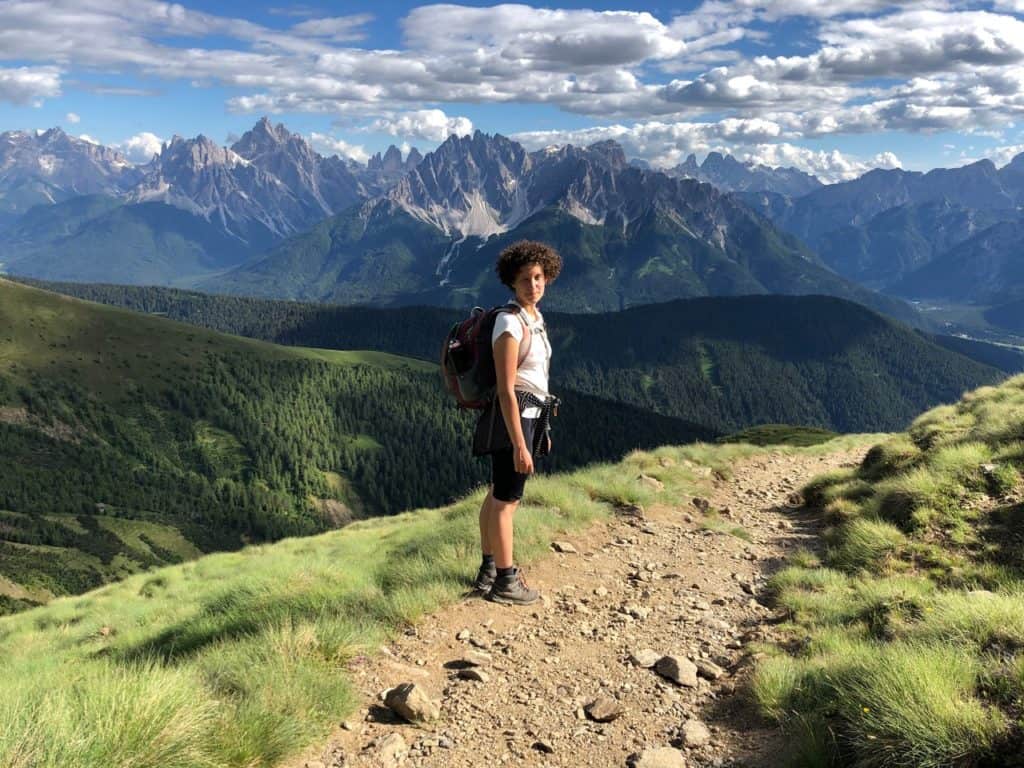
Step 5: Back to Earth
When you get back down to earth, where the humans are, take the plunge in a pond of crystal clear glacial water. Yes, it will be brisk, and yes, it’s optional. But you’ll feel very much alive afterwards—sunbathing on the grassy slope, surrounded by the Tre Cime’s towering peaks. After all, how many chances does one get to go swimming in snow-melt at 2500 meters above sea level, having just scaled a Dolomitic peak?
Step 6: Relax
Time to chill. Retire to the comfort of your hotel in Prato Piazza. Siesta, sauna, massage, dinner, superb Trentino Alto Adige wines and the best apple strudel ever. Step out of the hotel and you’ll find yourself on a vast plateau, immersed in hundreds of thousands of orchids, blue and yellow gentians, crimson rhododendrons. In the Dolomites life is good, particularly when you go offbeat, on foot.
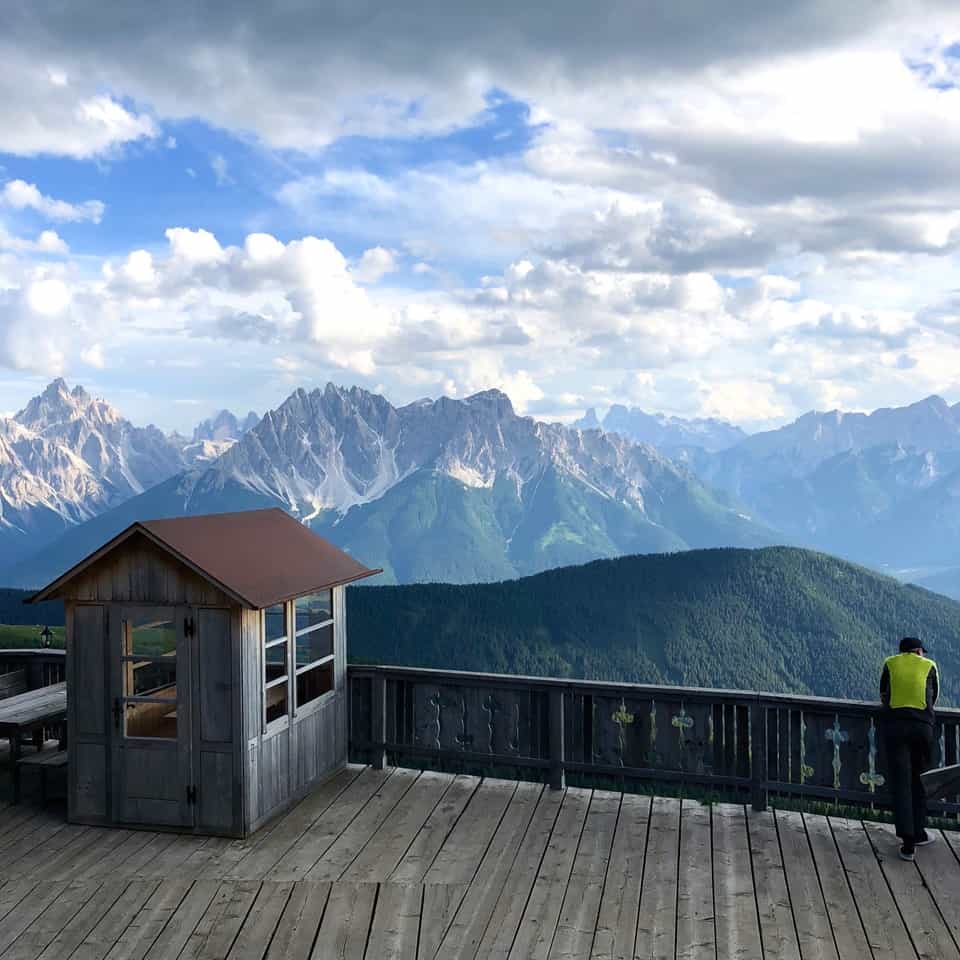
Step 7: Make it count
The last day of your mountain safari: make it count. One more ascent, a stunning, gradual one, to the top of Picco di Vallandro, just under 3000m. As you go higher, the view opens up; finally on the summit you’ll be rewarded with a 360 degree panorama of the Dolomite All-Stars: the Monte Cristallo complex above Cortina d’Ampezzo; the Croda Rossa massif opposite; the Tre Cime di Lavaredo; Rocca dei Baranci; and in the distance the geological giants Marmolada and Civetta.
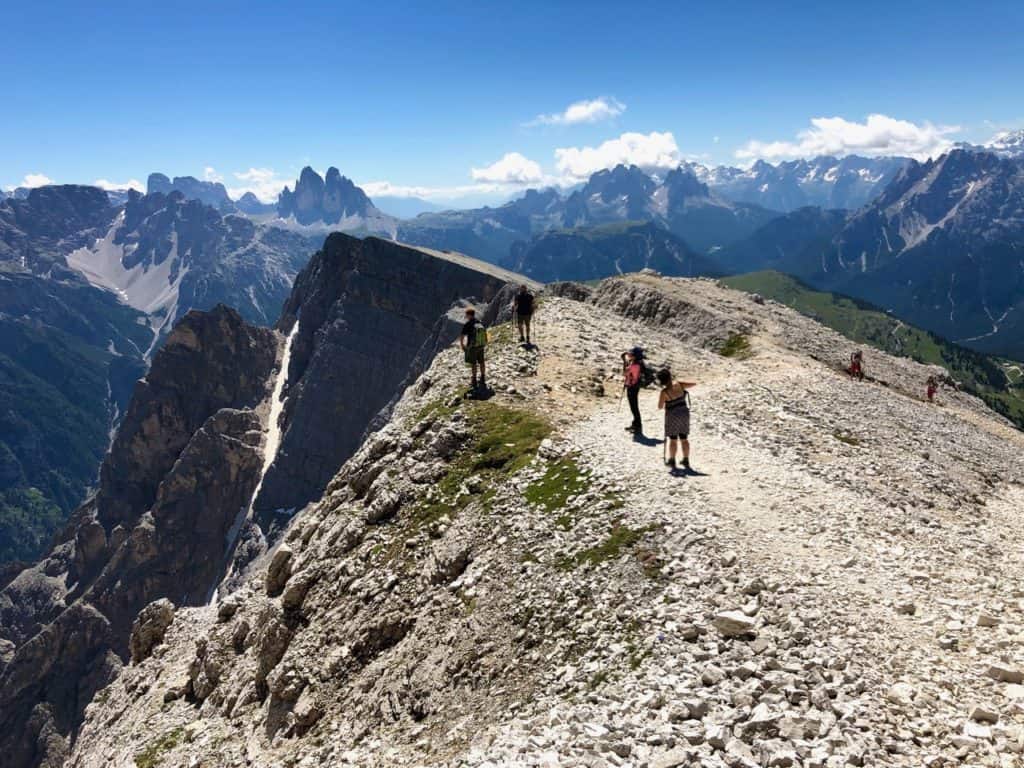
Step 8: Ciao
Bid farewell to the Pale Mountains. But as you head south—down to the plains, the lowlands, back home—you will realize that some part of you, a residue of sorts, has been left behind in the Dolomites. It’s still there: up the rose-tinted mountain, walking into the clouds.
